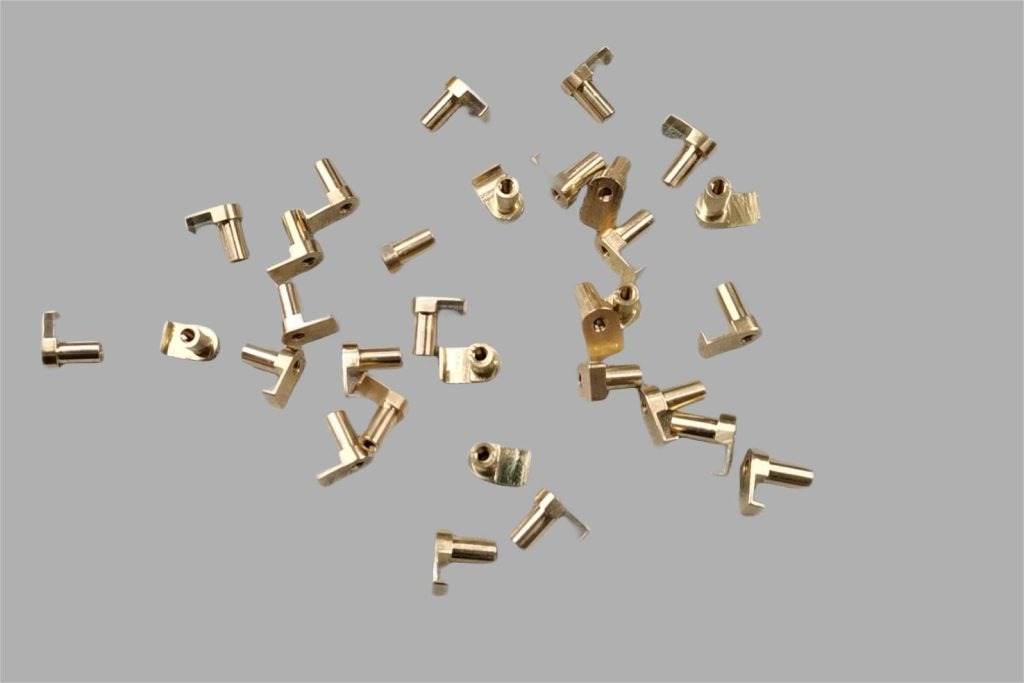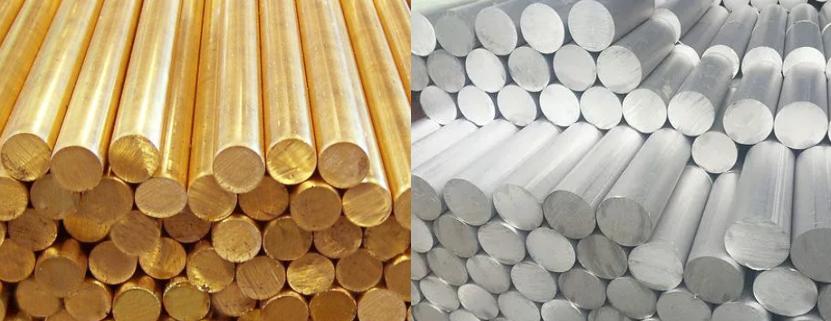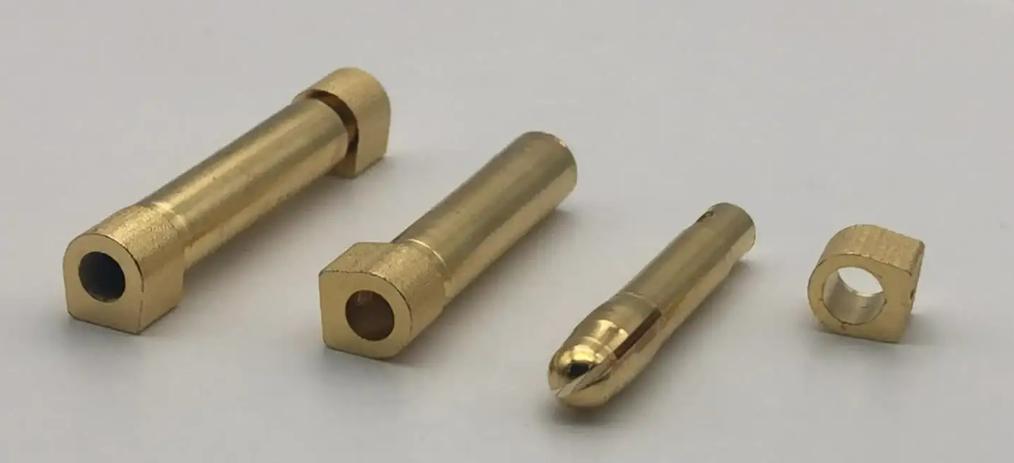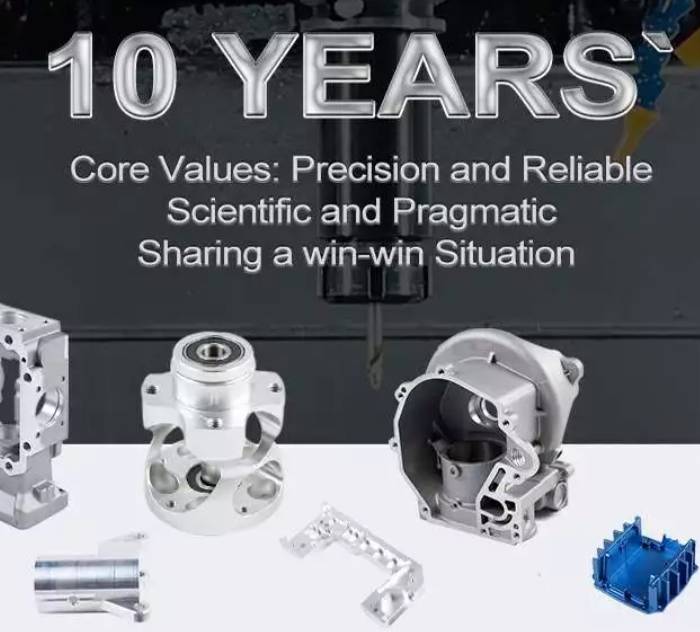Brass is a versatile alloy of copper and zinc. In precision manufacturing, brass CNC parts are essential components in applications ranging from automotive to electronics. However, achieving high-quality brass parts requires careful attention to machining, maintenance, and handling processes. This article provides best practices for machining, maintaining, and handling brass CNC parts to ensure optimal performance and longevity.
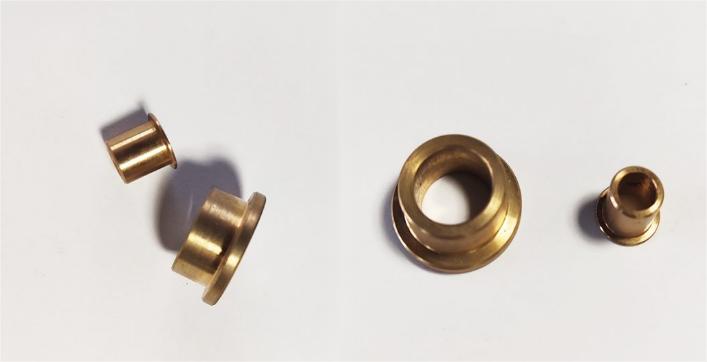
Machining Brass CNC Parts
Choosing the Right Brass
Selecting the appropriate brass alloy is the first step towards successful machining. Brass is available in various grades, each with distinct properties that affect machinability. Common brass alloys used in CNC machining include:
- C360 (Free-Cutting Brass): Known for its excellent machinability, this alloy is ideal for high-speed machining operations.
- C385 (Architectural Bronze): Offers good machinability and corrosion resistance, suitable for decorative and structural applications.
- C464 (Naval Brass): Provides superior strength and corrosion resistance, making it suitable for marine environments.
Choosing the right brass alloy depends on the specific requirements of the part, including mechanical properties, corrosion resistance, and intended application.
Best Machining Practices for Brass CNC Parts
Machining brass CNC parts effectively requires a thorough understanding of the material properties and the application of precise techniques. Here are some best practices to ensure optimal results:
1. Tool Selection
- Material: Use high-speed steel (HSS) or carbide tools. These materials maintain sharpness longer and resist wear.
- Geometry: Opt for tools with positive rake angles and sharp edges to reduce cutting forces and improve chip evacuation.
- Coatings: Consider using coated tools (e.g., TiN, TiCN) to enhance tool life and reduce friction.
2. Cutting Speeds and Feeds
- High Cutting Speeds: Brass can be machined at high speeds due to its excellent thermal conductivity. Typical cutting speeds range from 120 to 300 meters per minute (400 to 1,000 feet per minute), depending on the tool material and operation.
- Optimal Feed Rates: Adjust feed rates to balance between productivity and surface finish. For roughing, use higher feed rates (0.1 to 0.3 mm/rev or 0.004 to 0.012 inches/rev). For finishing, use lower feed rates (0.05 to 0.15 mm/rev or 0.002 to 0.006 inches/rev).
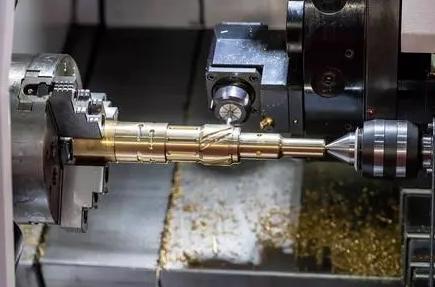
3. Cooling and Lubrication
- Coolant Use: Use water-soluble coolants to manage heat and prevent tool wear. Avoid excessive coolant flow that can cause thermal shock.
- Lubrication: Use cutting oils or lubricants designed for non-ferrous metals to reduce friction and improve surface finish.
4. Tooling Maintenance
- Regular Inspection: Inspect tools regularly for wear and damage. Replace tools before they become excessively worn to maintain machining precision.
- Re-sharpening: Re-sharpen tools as needed to extend their lifespan and ensure consistent performance.
5. Chip Control
- Chip Breakers: Use tools with chip breakers to manage chip formation and prevent long, stringy chips that can interfere with the machining process.
- Chip Removal: Ensure efficient chip removal from the work area to prevent re-cutting of chips and potential damage to the workpiece and tools.
6. Fixturing and Workholding
- Secure Clamping: Use robust and precise clamping methods to secure the workpiece and minimize vibration.
- Avoiding Deformation: Be cautious of clamping forces to avoid deforming the brass part, especially for thin-walled or delicate components.
7. Machining Strategies
- Roughing and Finishing: Separate roughing and finishing operations. Use aggressive parameters for roughing to remove material quickly and finer parameters for finishing to achieve the desired surface quality.
- Depth of Cut: Adjust the depth of cut based on tool capability and desired material removal rate. For roughing, use deeper cuts (2-6 mm or 0.08-0.24 inches), and for finishing, use shallower cuts (0.5-2 mm or 0.02-0.08 inches).
8. Monitoring and Adjustment
- Real-time Monitoring: Utilize machine monitoring systems to track tool wear, cutting forces, and vibrations. Adjust parameters as needed based on feedback.
- Adaptive Control: Implement adaptive control systems that automatically adjust machining parameters to maintain optimal conditions.
By following these best practices, manufacturers can enhance the efficiency and quality of machining brass CNC parts, resulting in superior surface finishes, precise dimensions, and prolonged tool life. Continuous improvement and adaptation of these practices to specific machining environments will further optimize the production of high-quality brass components.
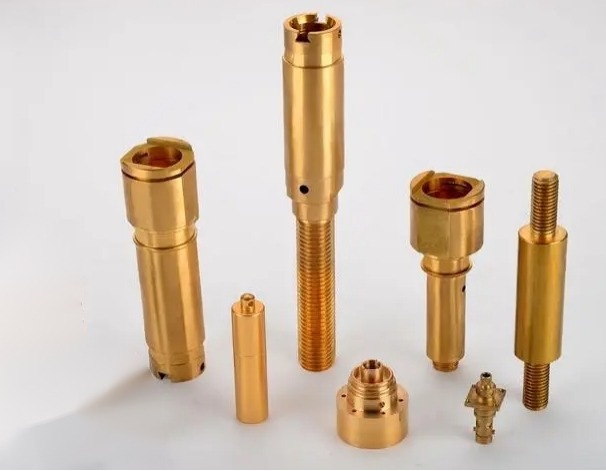
Maintaining Brass CNC Parts
Maintaining brass CNC parts is crucial for ensuring their longevity, performance, and aesthetic appeal. Proper maintenance practices include preserving surface finish, preventing corrosion, and implementing effective cleaning and storage methods. Below are detailed best practices for maintaining brass CNC parts:
Surface Finish and Corrosion Resistance
1. Surface Finishing Techniques
1) Polishing: Mechanical polishing involves using abrasives to smooth and shine the brass surface. This process can be done manually or with polishing machines. Chemical polishing, on the other hand, uses chemical solutions to dissolve microscopic layers of the surface, enhancing smoothness and luster.
- Mechanical Polishing: Use progressively finer abrasives to achieve a mirror-like finish. Start with coarse grits and finish with fine grits.
- Chemical Polishing: Employ solutions such as phosphoric acid or specific brass polishing compounds. Follow safety guidelines and neutralize the acid after polishing.
2) Buffing: Use buffing wheels and compounds to achieve a high-gloss finish. This process can enhance the aesthetic appeal of brass parts, especially for decorative applications.
- Buffing Wheels: Select appropriate wheels and compounds based on the desired finish. Soft wheels and fine compounds produce a higher gloss.
- Buffing Technique: Apply even pressure and move the part consistently across the wheel to avoid uneven polishing.
3) Electroplating: Apply a thin layer of another metal, such as nickel or chrome, to improve corrosion resistance and surface hardness.
- Preparation: Clean the brass parts thoroughly to remove any contaminants before electroplating.
- Plating Process: Follow the electroplating procedure carefully, maintaining the correct current density and solution composition.
2. Protective Coatings
1) Lacquers and Varnishes: Applying a clear lacquer or varnish can protect brass surfaces from oxidation and tarnishing. These coatings form a protective barrier against environmental factors.
- Application: Clean the brass part thoroughly before applying the coating. Use spray or brush methods for even coverage.
- Curing: Allow the coating to dry and cure completely, following the manufacturer’s recommendations for time and conditions.
2) Wax Coatings: Wax coatings provide a temporary protective layer that can be easily reapplied as needed. They are particularly useful for decorative brass items.
- Wax Application: Apply a thin layer of wax using a soft cloth. Buff the surface to a shine after application.
- Maintenance: Reapply wax coatings periodically to maintain protection.
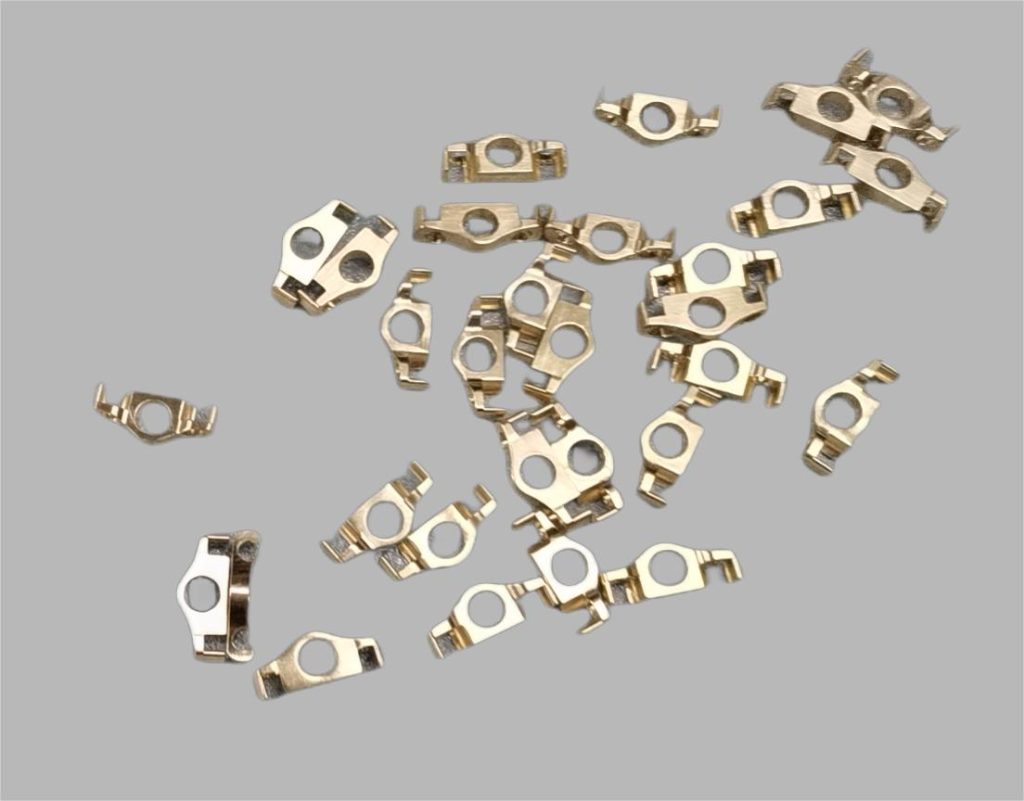
Cleaning and Preservation
1. Cleaning Methods
1) Regular Cleaning: Regular cleaning prevents the buildup of dirt and oxidation. Use mild, non-abrasive cleaners specifically formulated for brass.
- Soap and Water: Use a solution of mild soap and warm water to clean brass parts. Rinse thoroughly and dry with a soft cloth.
- Commercial Brass Cleaners: Select cleaners designed for brass, following the manufacturer’s instructions to avoid damaging the surface.
2) Removing Tarnish: Tarnish is a common issue with brass due to oxidation. Use chemical tarnish removers or homemade solutions to restore the brass’s original luster.
- Chemical Tarnish Removers: Follow the product instructions carefully. Ensure adequate ventilation and wear protective gloves.
- Homemade Solutions: Mix equal parts vinegar and flour to create a paste. Apply the paste to the brass, let it sit for a few minutes, then rinse and buff.
2. Storage Practices
1) Dry Environment: Store brass parts in a dry environment to prevent moisture-induced corrosion. Use desiccants or moisture-absorbing materials in storage areas.
- Desiccants: Place silica gel packets or other desiccants in storage containers to absorb excess moisture.
- Humidity Control: Maintain a controlled humidity level in storage areas to prevent condensation and corrosion.
2) Protective Packaging: Use appropriate packaging materials to protect brass parts from physical damage and environmental exposure during storage and transportation.
- Anti-Tarnish Paper: Wrap brass parts in anti-tarnish paper to prevent oxidation.
- Soft Padding: Use foam or bubble wrap to cushion parts and prevent scratches or dents during handling and transport.
3. Long-Term Preservation
1) Regular Inspections: Periodically inspect stored brass parts for signs of corrosion or damage. Early detection allows for timely maintenance and prevents further deterioration.
- Inspection Frequency: Establish a routine inspection schedule based on the storage conditions and criticality of the parts.
- Documentation: Keep detailed records of inspections, including any maintenance performed and the condition of the parts.
2) Re-application of Coatings: For long-term storage, periodically reapply protective coatings to ensure continued protection against corrosion and tarnish.
- Coating Assessment: Assess the condition of existing coatings during inspections and reapply as necessary.
- Application Process: Follow the same application and curing procedures as the initial coating application.
By following these detailed maintenance practices, manufacturers and users can ensure that brass CNC parts remain in optimal condition, retaining their functionality and appearance over time. Proper maintenance not only extends the lifespan of brass components but also enhances their performance in various applications.
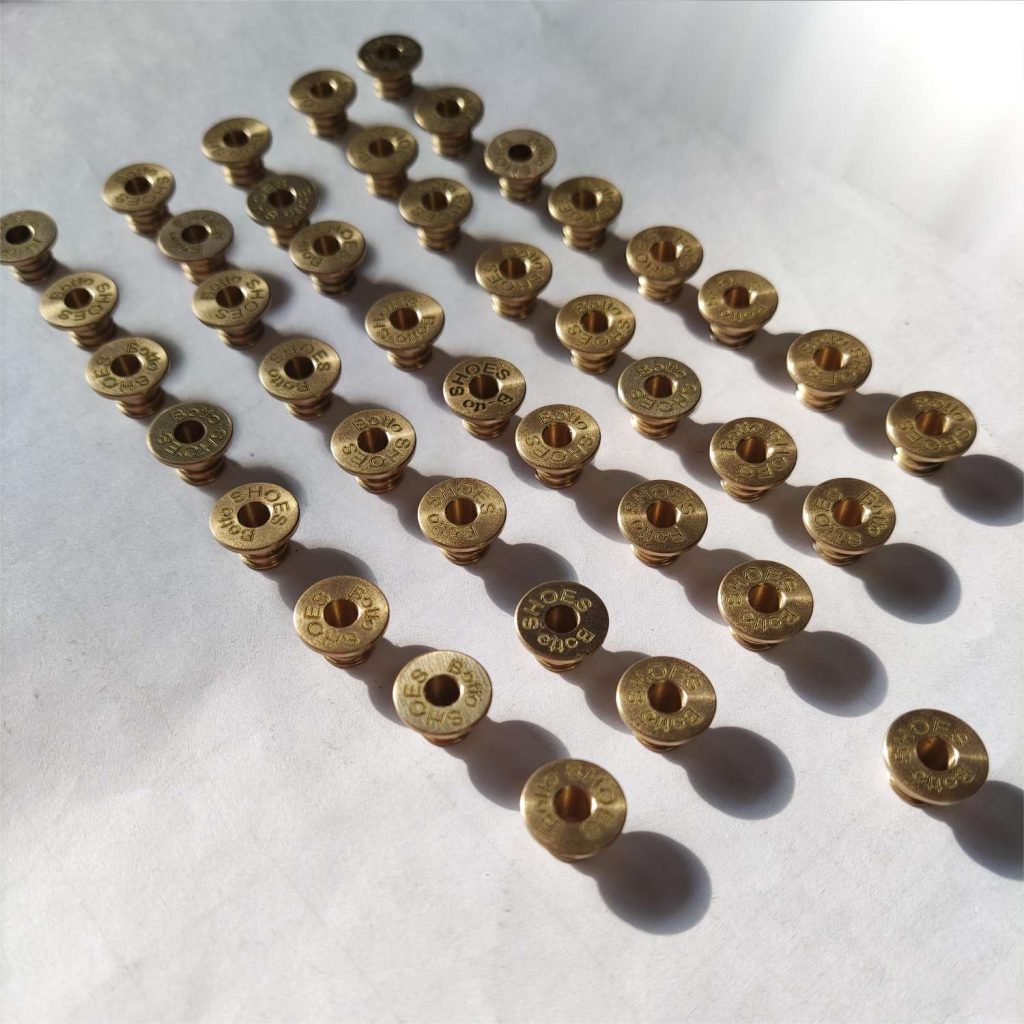
Handling Brass CNC Parts
Proper handling of brass CNC parts is essential to maintain their integrity, quality, and functionality. Mishandling can lead to physical damage, contamination, and other issues that may compromise the part’s performance. Below are detailed best practices for safely handling brass CNC parts, including safety precautions and troubleshooting common issues.
Safety Precautions
1. Personal Protective Equipment (PPE)
- Gloves: Wear gloves to protect hands from sharp edges and prevent oils from your skin from contaminating the brass surface. Nitrile or latex gloves are recommended to avoid leaving fingerprints or other residues.
- Safety Glasses: Use safety glasses to protect your eyes from metal fragments, especially when handling parts with unfinished edges or during deburring processes.
- Work Clothing: Wear appropriate work clothing to protect your skin from sharp edges and potential metal splinters.
2. Safe Handling Techniques
- Lifting and Carrying: Use proper lifting techniques to avoid injury and prevent dropping the parts. Bend at the knees, keep your back straight, and hold the part close to your body.
- Avoiding Surface Damage: Handle parts with care to prevent scratches, dents, and other surface damage. Use padded grips or soft materials when handling delicate parts.
- Electrostatic Discharge (ESD) Protection: In applications involving sensitive electronic components, implement ESD protection measures, such as using ESD-safe gloves, grounding straps, and workstations, to prevent static electricity from damaging the parts.
3. Clean Work Environment
Clean Surfaces: Ensure work surfaces are clean and free of debris to avoid contamination and scratches on the brass parts.
Organized Workspace: Keep the workspace organized to prevent accidental damage and ensure easy access to tools and materials.
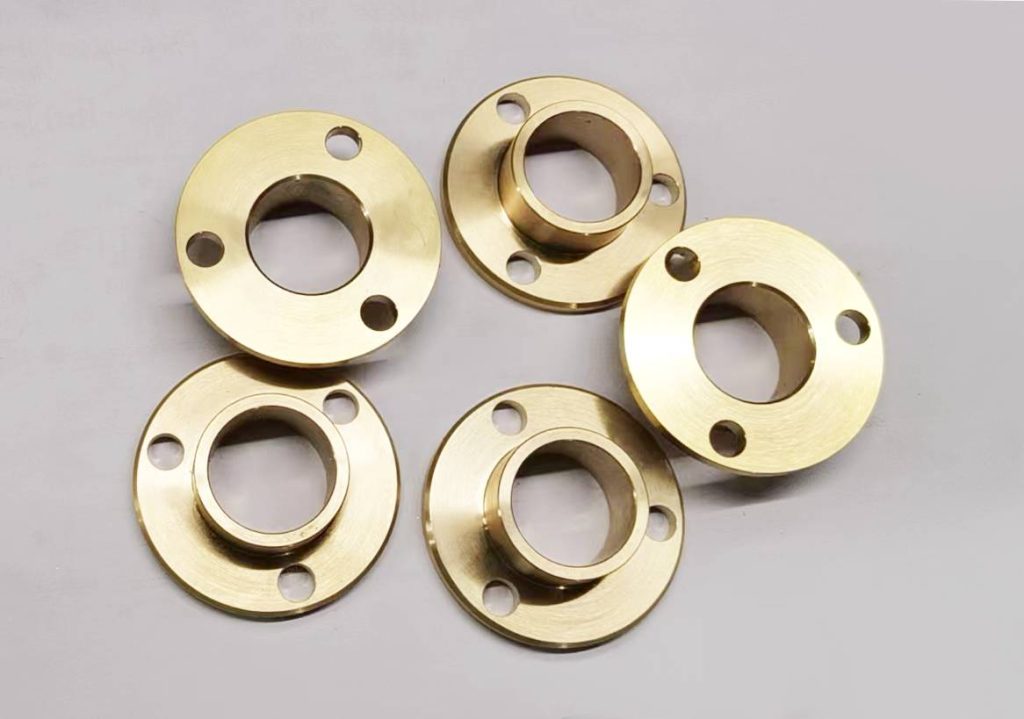
Troubleshooting Common Issues
1. Burrs and Sharp Edges
- Deburring: Thoroughly deburr brass parts to remove sharp edges and burrs that can cause injury or interfere with assembly.
- Manual Deburring: Use deburring tools, files, or abrasive pads to manually remove burrs and sharp edges. Apply consistent pressure and smooth movements to achieve a clean finish.
- Mechanical Deburring: Employ mechanical deburring methods, such as tumbling or vibratory finishing, for batch processing of smaller parts. Ensure the media used is appropriate for brass to avoid excessive material removal.
2. Dimensional Inconsistencies
- Regular Calibration: Regularly calibrate and maintain CNC machines to ensure dimensional accuracy and repeatability. Keep detailed records of calibration activities and machine performance.
- Inspection and Quality Control: Implement rigorous inspection and quality control processes to identify and address dimensional inconsistencies.
- First Article Inspection: Conduct a thorough inspection of the first produced part to verify that it meets all specifications and tolerances.
- In-Process Inspection: Perform regular inspections during production to catch any deviations early and make necessary adjustments.
3. Handling Damage
- Preventing Scratches and Dents: Use soft, non-abrasive materials to cushion brass parts during handling and storage. Avoid stacking parts directly on top of each other without protective layers in between.
- Minor Repairs: Address minor scratches and dents promptly to prevent further damage. Use fine abrasives or polishing compounds to smooth out surface imperfections.
4. Contamination
- Avoiding Oil and Grease: Keep hands and tools clean to prevent transferring oils and grease onto brass parts. Use degreasing agents if contamination occurs.
- Cleaning Before Handling: Clean parts thoroughly before handling or assembly to remove any residues that could affect the final finish or functionality.
By following these detailed handling practices, manufacturers and users can ensure that brass CNC parts are protected from damage and contamination, maintaining their quality and performance. Proper handling not only extends the lifespan of brass components but also enhances their reliability in various applications.
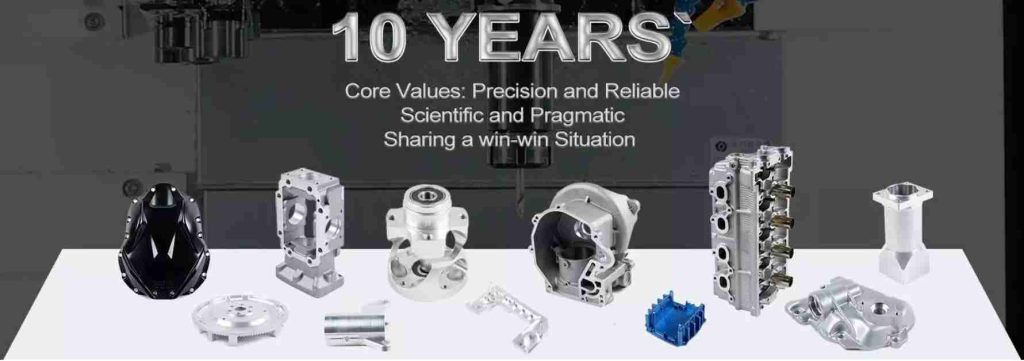
Conclusion
By following these best practices, you can ensure the successful machining, maintenance, and handling of your brass CNC parts. Selecting the right brass alloy, employing proper machining techniques, and implementing appropriate maintenance strategies will not only maximize the lifespan of your parts but also preserve their functionality and aesthetic appeal. If you want to find a brass CNC parts machining provider, please feel free to contact JTR Machinery. They can provide you quality products with excellent services.



